Today is the Feast Day of St. John the Baptist, remembered fondly in Freemasonry as the anniversary of the day in 1717 when four lodges in London introduced (or revealed) Freemasonry to the world, and also formed the Premier Grand Lodge of England. But you know all that. Tonight is The Masonic Society’s New Jersey Second Circle’s celebration of St. John the Baptist Day (if you’re a Mason in or near New Jersey, you’re probably tired of hearing about it), and it occurs to me that I never even told you about our St. Andrew’s Day Feast that took place ... seven months ago! I’ll never catch up on all the past events I want to tell you about.
The following is the story that appears in the Spring issue of The New Jersey Freemason magazine:
The Masonic Society celebrates St. Andrew’s Day
The Masonic Society seized the Feast Day of Saint Andrew as an apt occasion for eating, drinking, and advancing in Masonic knowledge together. It was the first event in New Jersey for the growing education foundation, established in 2008 by several dozen Masonic educators, authors, researchers, curators, and others to serve the fraternity in North America. There are more than 70 New Jersey brethren among its 1,200 members.
A group of 30, coming from all over the state, and several wearing their kilts, assembled at Bloomfield Steak and Seafood House, a historic site built in 1670 that once hosted Bro. George Washington during the Revolution, for a full course dinner and an educational program supplied by two Grand Lodge officers. RW Ben Hoff, Grand Historian, spoke on the origins, evolution, and significance of toasting in Masonic ritual. What began as a means for Masons to quietly identify each other in taverns by holding their drinking vessels certain ways, became elaborate gestures that we still use today in our Table Lodges. RW Fred Waldron, District Deputy Grand Master of the Eighth Masonic District, addressed the brethren on the subject of Saint Andrew, patron saint of Scotland and Scottish Freemasonry, whose feast day is November 30.
“It’s not like Masons need excuses to get together for a great meal and the chance to learn about their Craft,” said W. Bro. Jay Hochberg, a Founding Fellow of The Masonic Society who organized the event. “That is instinctive. We’re already planning our next dinner for Friday, June 24, 2011 – the Feast Day of St. John the Baptist – at a site in central Jersey.”
Membership in The Masonic Society is open to Master Masons. For information, visit The Masonic Society or contact W. Hochberg at euclid47@.... The Society’s annual meeting will take place Friday, February 11 during Masonic Week in Alexandria, Virginia; and its semi-annual will be held this summer in Salt Lake City, Utah.
Those who attend New Jersey Second Circle Gatherings receive a gift bag at the end of the evening, containing mementos and other items - modest but hopefully appropriate. (You should see what I'm procuring now for the next St. Andrew’s Feast in November.) What our guests last November received were “aids for the body, mind, and soul.” What follows is the explanatory literature included in each bag:
For the Body: Apple a Day!
The Laird family has been making Applejack in New Jersey since 1780. In fact, their distillery received the very first federal liquor license.
William Laird, a County Fyfe Scotsman, emigrated from Scotland in 1698 and settled in Monmouth County. Believed to be a distiller by trade, he applied his skills to the most abundant natural resource available in this area of the New World: apples.
Applejack was a well known “cyder spirit” throughout growing America. In the 1820s, evangelist John Chapman, better known as “Johnny Appleseed,” preached to congregations along the Ohio River Valley, and distributed apple seeds to his followers. He also instructed them in the production of Applejack, hence the continued popularity of Applejack in the region.
Robert Laird served under George Washington during the Revolution, and the Laird family supplied the troops with Applejack. Records show that prior to 1760, Washington wrote the Lairds, requesting their Applejack recipe, which the Lairds gladly supplied. Entries in Washington’s diary in the 1760s show his production of the “cyder spirits.”
Please enjoy this spirit in the spirit of Scottish heritage and New Jersey history.
Calmness for the Mind!
“There’s peace in a Larrañaga;there’s calm in a Henry Clay…And a woman is only a woman,but a good cigar is a smoke.”
Bro. Rudyard KiplingThe Betrothed1886
The brand Henry Clay was created in the 1840s in Cuba. Named after the American statesman who served as Speaker of the U.S. House of Representatives in the early 19th century, it was considered one of the finest of all Havana cigars. Henry Clay (1777-1852) also is remembered as Grand Master of Kentucky. He was an unsuccessful candidate for president, including a loss to Andrew Jackson, Grand Master of Tennessee, in 1828.
This cigar was made in the Dominican Republic. Its maduro wrapper, comes from the Connecticut Valley; the filler and binder leaves make a robust blend of Piloto Cubano-grown Dominican tobaccos. It is an old-world style, and full-bodied smoke, recommended for enjoying after a hearty meal. It perhaps is best balanced with a lighter beverage, such as a lager or a mixed drink with a vodka or gin base. Or maybe Applejack!
For the Soul: ‘The Prophet’
Khalil Gibran (1887-1931) was a Lebanese-American artist, poet, and writer. Born in modern-day Lebanon, he emigrated to Boston as a child. He is best known in the English-speaking world for his book The Prophet, a series of philosophical essays. First published in 1923, The Prophet never has been out of print. It is an early example of Inspirational fiction, and the book sold well initially, despite a cool critical reception. Gibran is the third best-selling poet of all time, behind only Shakespeare and Lao-Tzu.
The eponymous prophet of the story is Al-Mustafa, who has lived in the foreign city of Orphalese for 12 years. He is about to board a ship which will carry him home when he is stopped by a group of people, with whom he discusses many issues of life and the human condition. The story is divided into chapters, each poetically addressing an important aspect of existence.
“The soul walks not upon a line, neither does it grow like a reed. The soul unfolds itself, like a lotus of countless petals.”
It is hoped you will find his philosophy congruent with Masonic teachings, and that you will enjoy the beautiful language of Gibran’s prose. The edition of The Prophet included in your gift bag tonight was printed only three weeks ago.
And finally, a word about our venue. We’ll do it again here in November. Bloomfield Steak and Seafood House is an ideal place for Masonic meetings, not only because it returns us somewhat to our roots in the taverns, but the story of this particular building is amazing, and even involves some notable Freemasons. Here is how the Township of Bloomfield describes the site in its literature:
Back in the 1600s, they built for longevity. Take for instance the Joseph Davis House, now the Bloomfield Steak & Seafood House, at 409 Franklin Street. The house was built long before the introduction of cement and yet, “it will likely last 1,000 years,” said Ann Hardy, chairperson of the Historic District Review Board. The main walls are two feet thick at base and the cellar walls measure eight to 10 feet thick.
The Davis house is a monument to the early history of Bloomfield, the oldest of the town’s pre-Revolutionary War homes. It is listed on both the state and national historic registers, which do not dictate uses of listed properties. The home is used as a restaurant and no part of it is open for touring, but, “externally, you can still tell it is a very old house,” said Hardy. “It’s one of many houses in Bloomfield that have become different things over time.”
Built by Thomas Davis in 1670, the house was occupied by his descendants until 1903. It has been associated with many historic events:
• During the Revolution, a tunnel in the cellar ran to the foot of Orange Mountain and was used by women and children to escape the British.
• A wounded English soldier was taken in by the Davis family and nursed back to health. To show his appreciation, the soldier built the well that still remains on the property, and hewed the stone wash basin that sits next to the well.
• General George Washington and General Henry Knox stopped at the homestead for directions to Morristown and were entertained for dinner.
• In the late 1700s, when the home was occupied by Deacon Joseph Davis, worship services were regularly held in the house. Otherwise, the closest churches were in Newark or Orange. In 1796, when the First Presbyterian Church on the green was built, Deacon Davis, a founding member, provided, for the sum of eight pounds, the land on which the church still stands.
• The charter of Bloomfield was signed in the house’s “beam ceiling room” by General Joseph Bloomfield in 1796. A group of citizens meeting at the home named the town after Bloomfield, who was a New Jersey governor and Revolutionary War officer.
During the past two centuries, the Davis Homestead has been a farmhouse, hospital, church and restaurant. Only a handful of property transfers has occurred since Revolutionary War times, but what a tale the building tells from its early days!
There had been a Masonic lodge in Bloomfield for generations. Bloomfield Lodge No. 48 was chartered on November 9, 1824. It surrendered its charter exactly six years later, a victim no doubt of the Morgan scandal, but was revived in January of 1856 as No. 40. It no longer exists (it is part of the lineage of Essex Lodge No. 7), but it had been located on the corner of Broad and Liberty streets, practically right around the corner from this restaurant.
Bro. Joseph Bloomfield of Trenton Lodge No. 5, was among the founders of the Grand Lodge of New Jersey, serving as its fifth Grand Master. During the Revolution, he was a major in the Third New Jersey Regiment. After the war, he served the state as attorney general before resuming military service as a brigadier general of militia. He served as governor of New Jersey for most of the time between 1801 and 1812, but upon the outbreak of war with Britain again, he served as brigadier general in the U.S. Army.
He returned to government service after that war, representing New Jersey in the U.S. House of Representatives.
Well, I’m off to North Brunswick shortly to host tonight’s Second Circle Gathering. We have two dozen guests coming, and I want to make sure I’m the first one there. Hopefully it won’t take me seven months to tell you what happened!






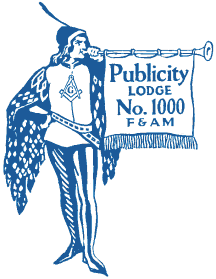

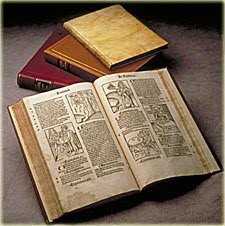


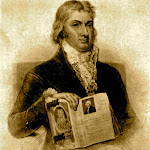




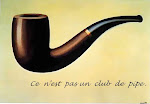
















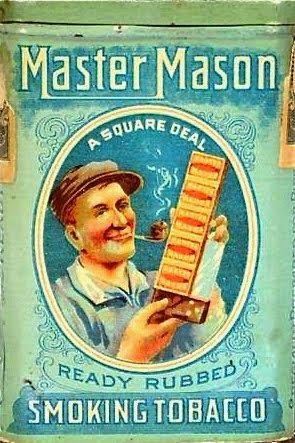


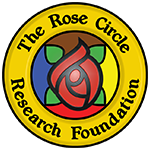

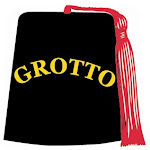








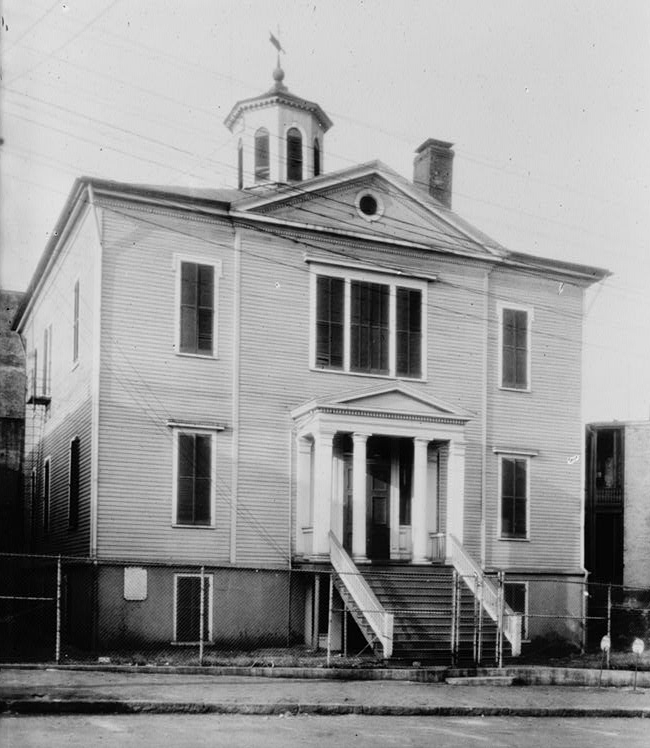
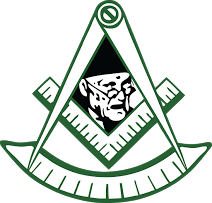
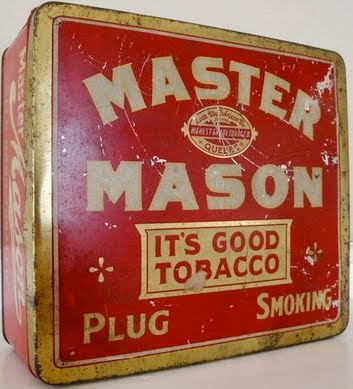





No comments:
Post a Comment